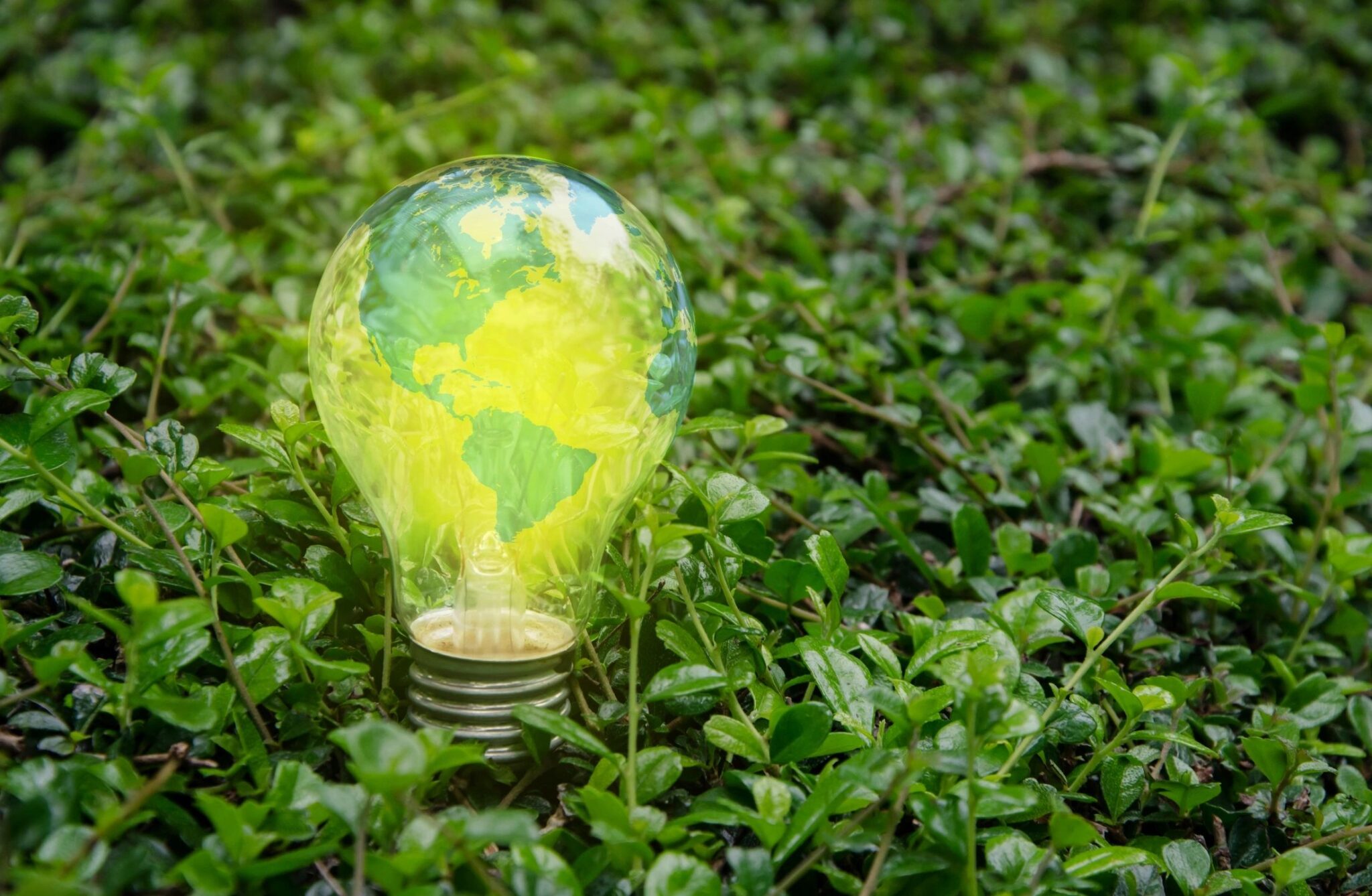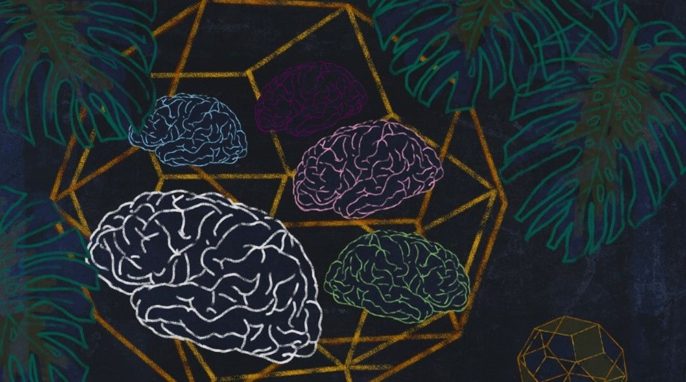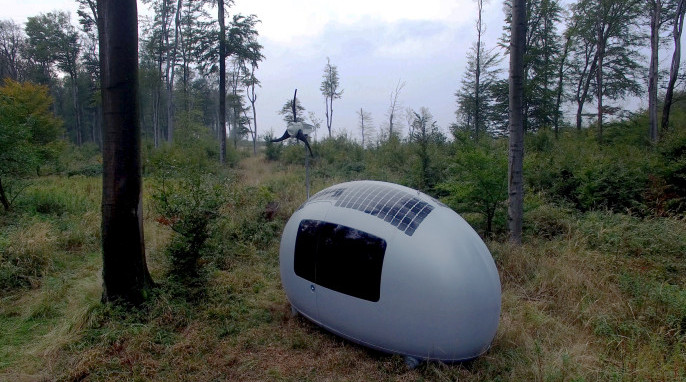Renewable energy sources include wind, solar, geothermal, and hydroelectric power. In the battle for renewable energy, which will come out on top? Which do you want?
Here are the top nine renewable energy questions asked of Science Connected and the answers from the renewable energy researchers in our community.
Though solar energy has received a lot of attention, it’s actually one of the least efficient renewable energy sources we currently use. The efficiency of solar energy is 207 percent, but wind energy is 1164 percent efficient, and geothermal energy and hydroelectricity fall between these two numbers. All of these renewable resources are part of our renewable energy future. By 2050, it is estimated that wind energy will make up 35 percent of the United States electricity production, since one large turbine can power about 1400 homes. READ MORE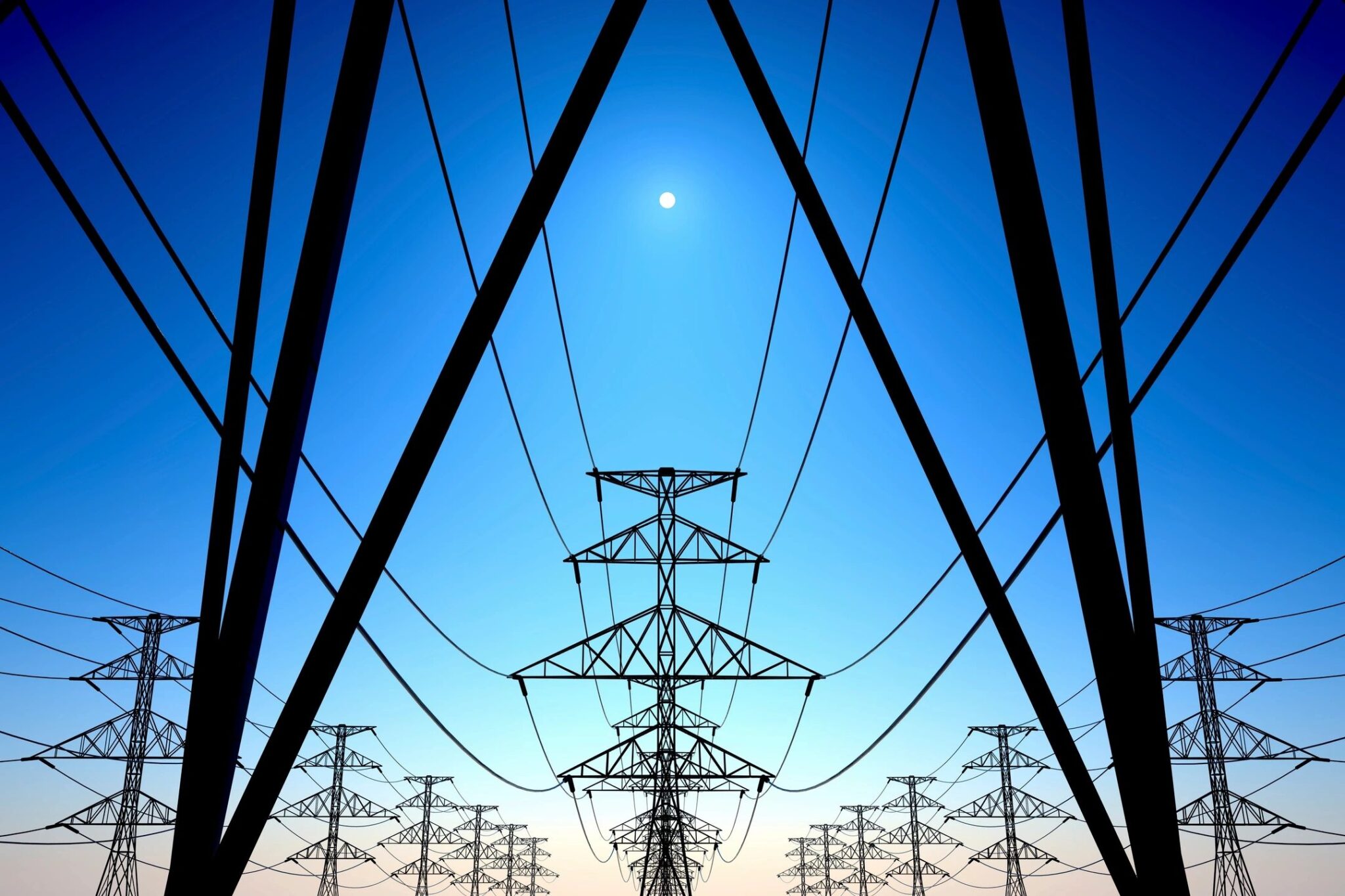
Well, that’s a complex question. To generate enough energy to power our world, we will need to combine all of these clean, free, and renewable sources—solar, geothermal, wind, and hydroelectric power—in a diversified energy consumption strategy. READ MORE
Hydropower is one of the oldest sources of electricity, already responsible for generating around 52 percent of the United States’ renewable electricity generation according to the National Hydropower Association. There are challenges that hydropower will need to overcome, such as the impact that dams have on the environment and wildlife. Hydropower is also a popular source of renewable energy internationally, especially in China, which is one of the world’s largest producers of hydroelectric energy. There, dams—including the Three Gorges Dam, the largest power station in the world by installed capacity—produce more than 15 percent of the nation’s total energy. Hydroelectric power generation may soon be eclipsed by other renewable energy sources that are experiencing much faster rates of growth. READ MORE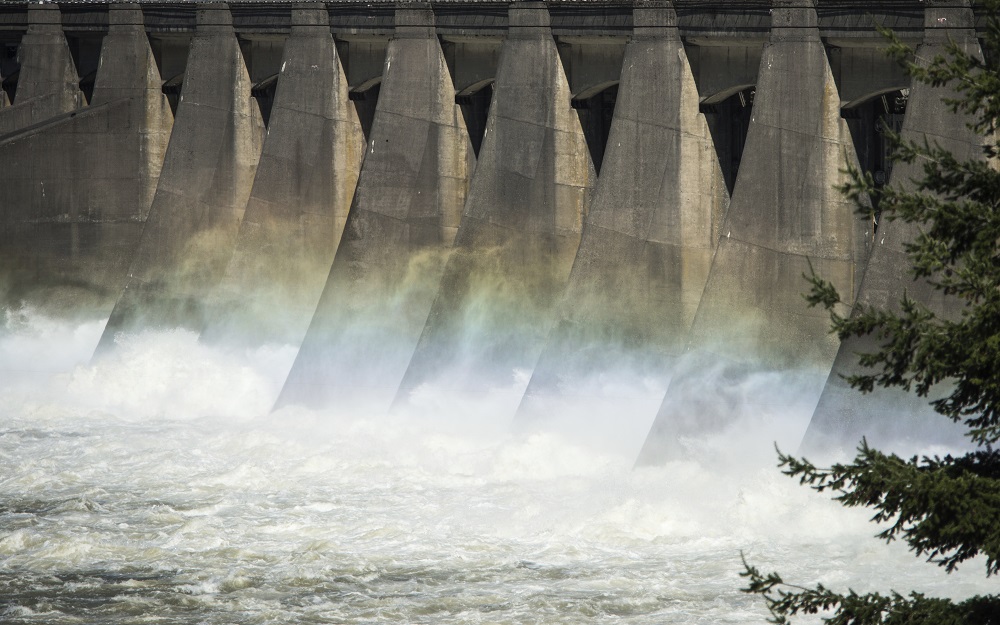
Advances in battery technology are transforming one of the most promising movements in the modern energy industry: the push toward renewable energy power solutions. Solar, wind, geothermal, and even hydro energy sources have a lot to offer besides near-limitless energy generation. They are clean in the sense that they have little to no impact on the surrounding environment, and they are generally inexpensive to produce under the right conditions. READ MORE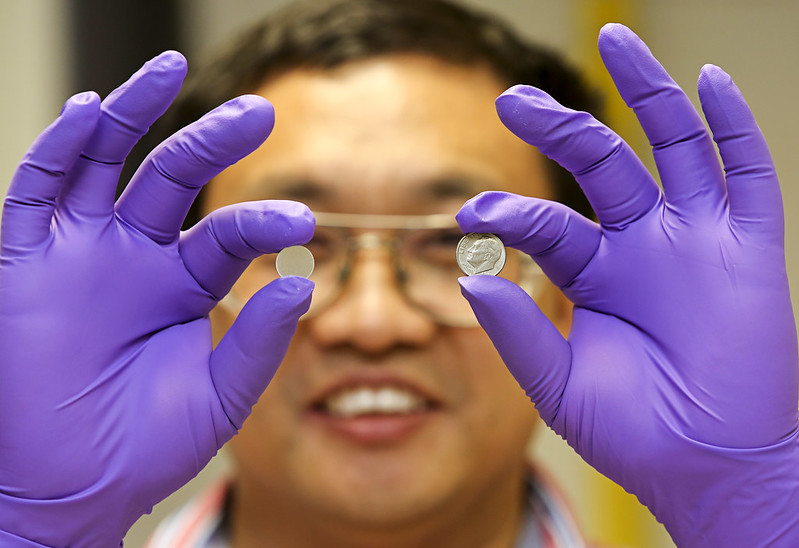
A research team from the University of Texas at Arlington has developed new tech for storing solar power. They have successfully built a new energy cell that can store large-scale solar energy, even when it’s dark. The prototype is something called an “all-vanadium photo-electrochemical flow cell” that allows for efficient and large-scale solar energy storage even at nighttime. The team is now working on a larger version that is to be built and evaluated very soon, using a bigger prototype cell that has already been designed. READ MORE
The short answer is yes. The longer answer is that what might finally make solar power go mainstream is new, more efficient sensitizers for solar panels. A sensitizer is a dye that makes a semiconductor—a part that carries a small amount of electricity—more sensitive to sunlight. The better the sensitizer, the more energy a panel can get from the same amount of light. Although scientists have worked with sensitizers for years, it’s the recent findings that are showing more promise. READ MORE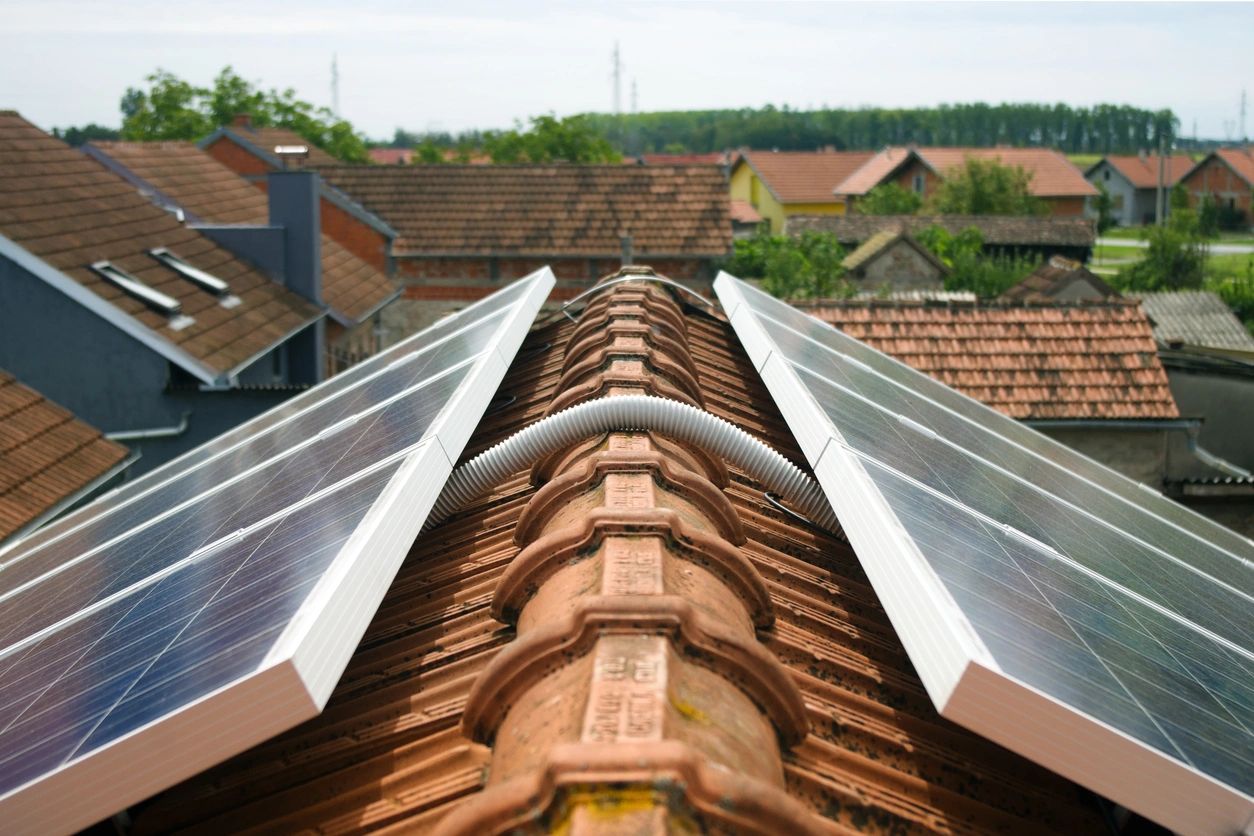
Comparing electric car emissions vs. gas requires looking at direct and lifecycle emissions. The former measures the amount of pollution associated with the vehicle’s tailpipe and fueling process. The latter accounts for the car’s production, use and disposal. READ MORE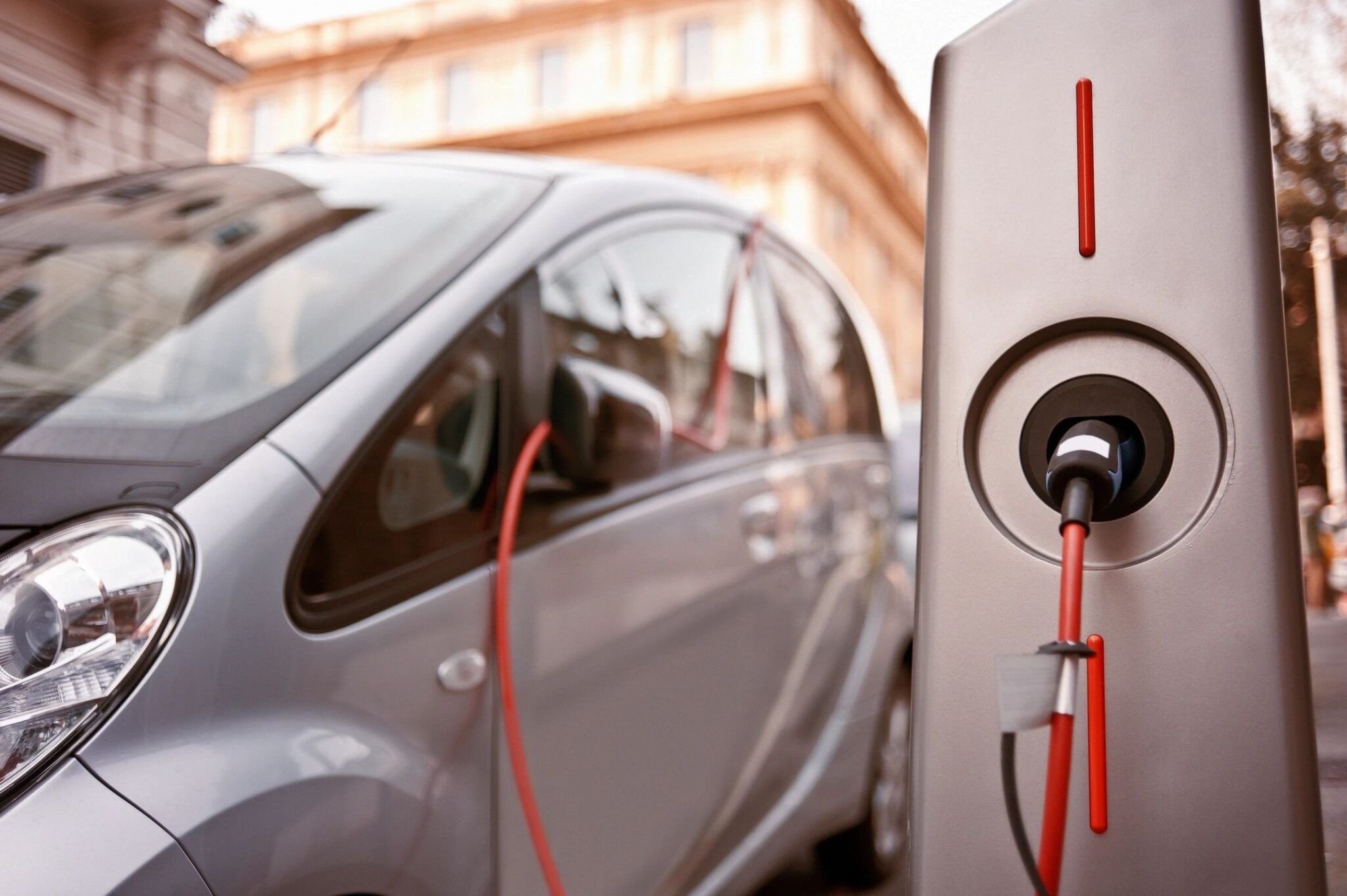
Solar power has been called the “equitable energy source.” There are potential benefits for everyone when governments support the advancement of solar technology and economic development plans for equitable energy. Solar energy is touted for a variety of reasons: it is renewable, clean, and quiet, and can be used as a decentralized form of electricity generation. But while doing some reading I came across a figure that reveals a less-discussed benefit of using solar energy that may be most important—depending on your priorities when it comes to global issues. READ MORE
Here are just a few government websites with more info:
In the United States: https://www.energy.gov/
In Canada: https://www.nrcan.gc.ca/home
In Australia: https://www.energy.gov.au/

